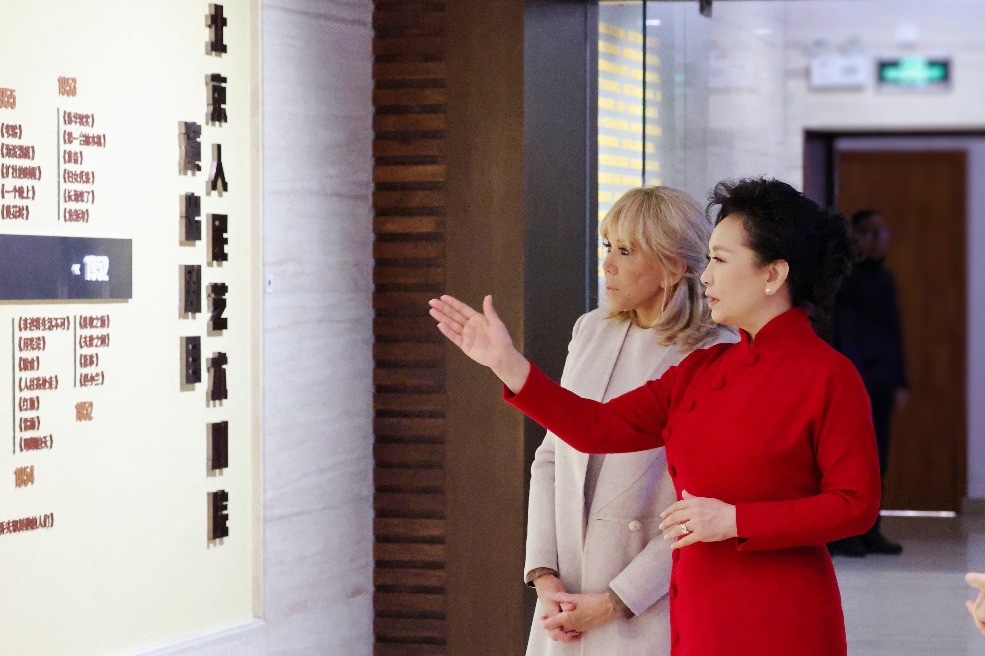Museum seeks works' heirs for Nazi-era art trove exhibition
Agencies | Updated: 2017-07-10 07:14
"It is the most important cache of art from the Nazi era to be found in private hands since the immediate postwar period," said Jonathan Petropoulos, a Claremont McKenna College history professor in California.
When Cornelius Gurlitt died aged 81 in 2014, he named the Bern museum as benefactor. It accepted, on the condition works whose lineage was unclear must remain in Germany.
The Bern museum is now working with the German Lost Art Foundation, which tracks Nazi era art thefts, to unravel the collection's murky past, though not everyone is pleased with the progress.
Christopher Marinello, a lawyer who helped Rosenberg's heirs recover their lost Matisse in 2015, said the pace of research has been glacial-even after he provided German researchers with "full and complete provenance on a silver platter", he said.
"Internal and governmental bureaucracy in Germany is quite out of control," Marinello said in an email on Friday.
"There is an inherent lack of sympathy for the victims of Nazi looting."
The German Lost Art Foundation, which took over from a previous task force last year, contends it is making "positive strides" including digitizing documents and making them available via the country's Federal Archives.
The foundation is now scrutinizing 1,039 works from Gurlitt's collection, it said, of which 152 have produced some provenance evidence or claims from possible heirs that indicate they could be Nazi loot. Its work continues until December.
























